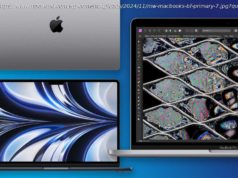Performant IoT platforms should use a three-layer structure that focuses on interoperability, scalability, cross-device communication, and zero-downtime deploys.
The number of connected devices, as well as the amount of data they generate, grows exponentially each year and will continue doing so. IoT Analytics estimates that by 2020,25 billion connected devices will produce around 44 zettabytes of data.
This enormous set of insightful information will represent a disrupting power capable of creating trillion-dollar business opportunities and use cases. Within 10-15 years, IoT data will become a major business asset, with more and more companies building their business models solely upon the connected data insights.
The real value of IoT data hides in its quantity: the more statistics are generated, the more tangible benefits businesses are able to get. However, to derive this real value from the data, one should get to the core of it and then apply the result to a certain business problem. The overall shift towards data-driven business models gave impetus to the emergence of IoT platforms as hubs for the IoT data storage, analytics, visualization, and application.
IoT platforms have appeared as a backbone of the connected ecosystem, bringing together Big Data and the tools for its handling. Nowadays, there are more than 300 platforms on the market, and they differ greatly in terms of technological depth and purpose.
Experts argue whether all solutions available today can be called full-fledged platforms and here is why.
The logic architecture of a full-scale IT platform contains the following “building blocks”:
So, what do we call a real platform then?
At least a three-layer infrastructure built around the IoT gateway:
To build a full-fledged IoT platform, one needs to consider not only its multilayer structure but also the diverse needs of customers. The thing is that a truly universal IoT platform should serve a retail store with a couple of beacons and an oil tanker with 1,000+ sensors on board equally well. Besides, not only the amount of the incoming data matters but also how fast it can be transformed into an applicable insight.
Thus, for an IoT platform to properly fill the gaps between device sensors and data networks, it should satisfy the following requirements:






